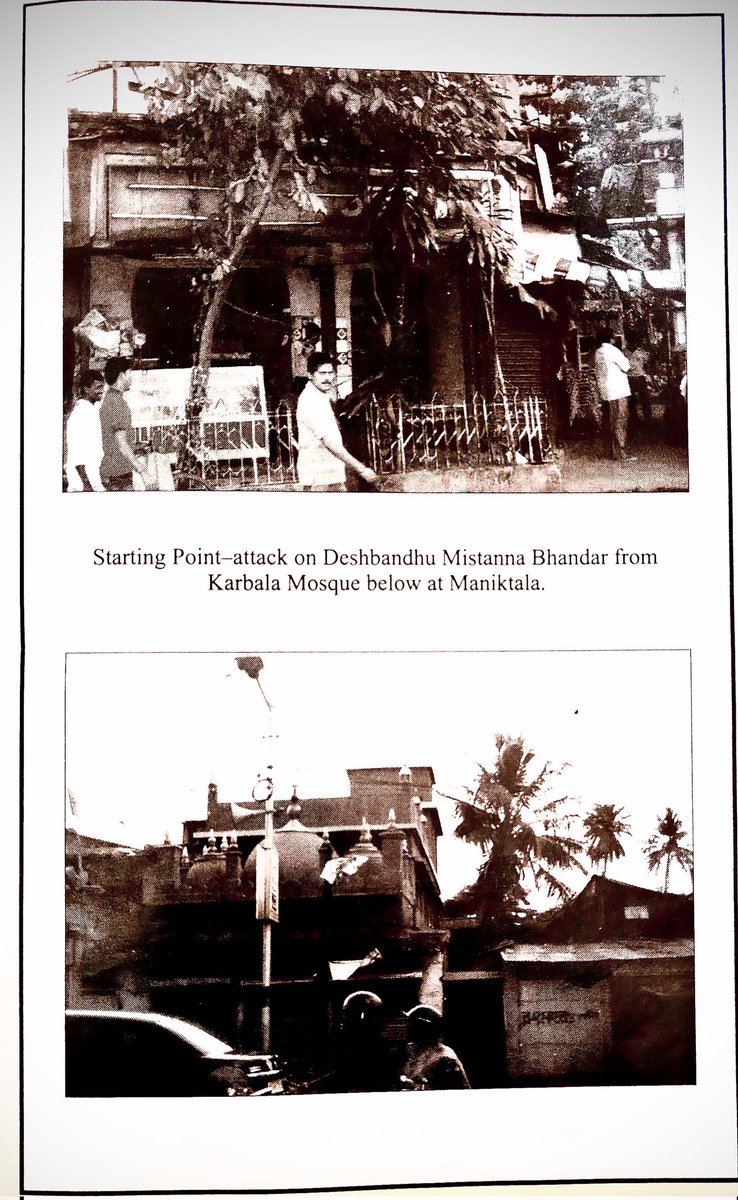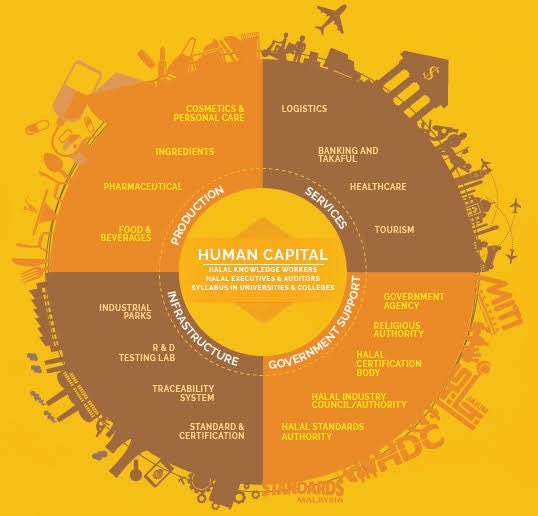Chandraketugarh, a 4th c. BCE urban site in West Bengal that had thriving trade connections with other ancient civilisations of the world. The site is rich in archaeological remains. (*contd. in thread)
@LostTemple7
(All info from IIT Kharagpur research paper)
Photos: google



@LostTemple7
(All info from IIT Kharagpur research paper)
Photos: google




The ruins have yielded innumerable archaeological antiquities ranging from coins, beads, terracotta, stone sculptures, gold coins, & bone, ivory and wooden artifacts. The quality and artistic skill of the excavated artifacts indicate that it was once a highly developed city.
A polygonal brick temple facing north, known as Khana Mihirer Dhipi was recovered from this site. Since this area in all probability was then connected to the Bidyadhari River, it can be termed as a port city. This site was known as ‘Gangaridai’ to the ancient Greeks & Romans.
This ‘Gangaridai’ (Bengali: Gonggarriddhi meaning wealth of the Ganges. In Sanskrit: Ganga Rashtra meaning nation of the river Ganges) was an ancient state established around 300 BCE is described by the Greek traveler Megasthenes in his work ‘Indica’.
Ptolemy mentioned that Gangaridai occupied the entire region around the five mouths of the Ganges. In ‘The Periplus of the Erythraean sea’, the location of Gangaridai was mentioned to be close to the Bay of Bengal, north of the port city of Dosarene of Kalinga (ancient Odisha)
• • •
Missing some Tweet in this thread? You can try to
force a refresh



















